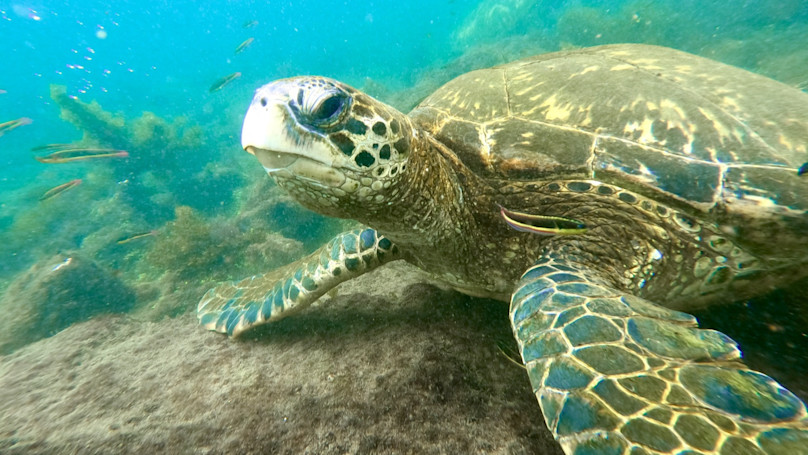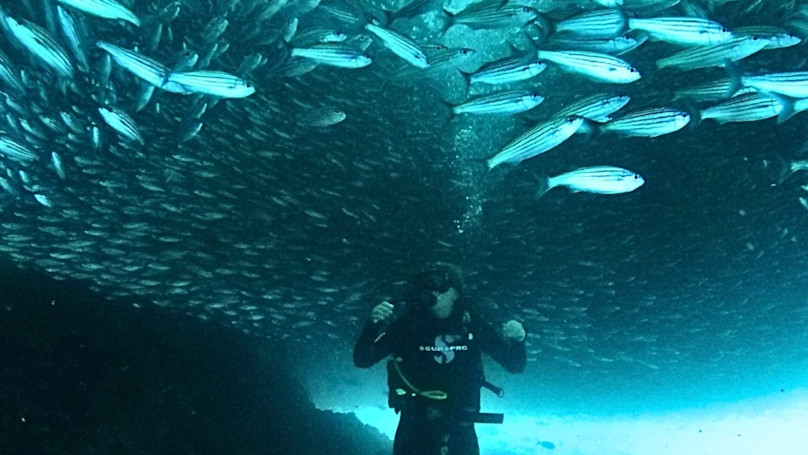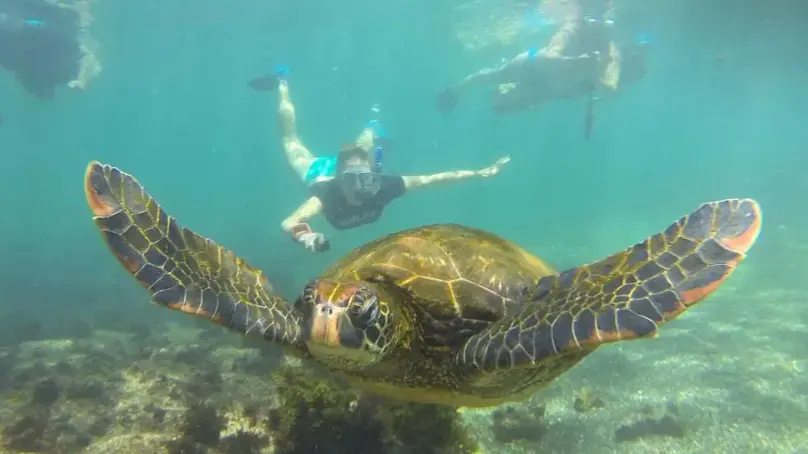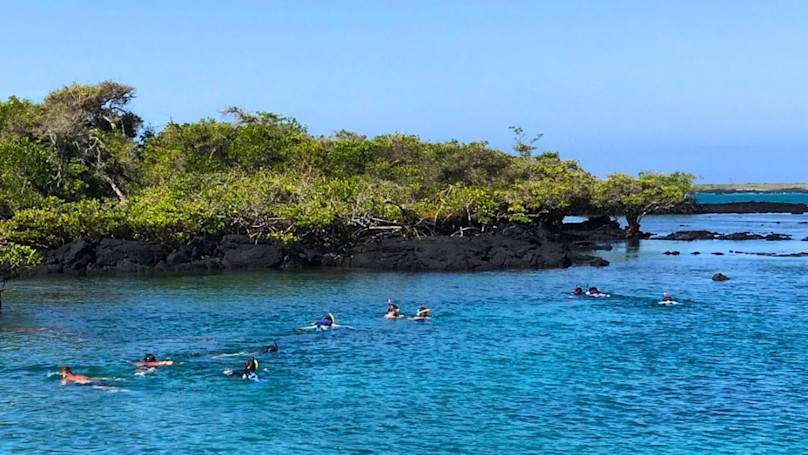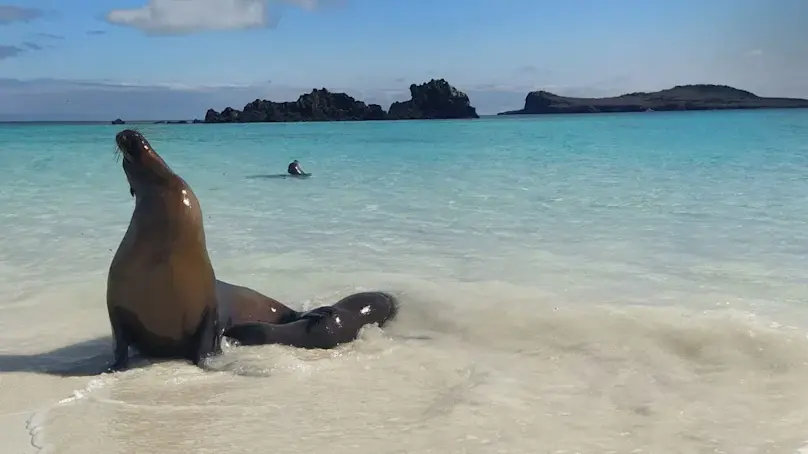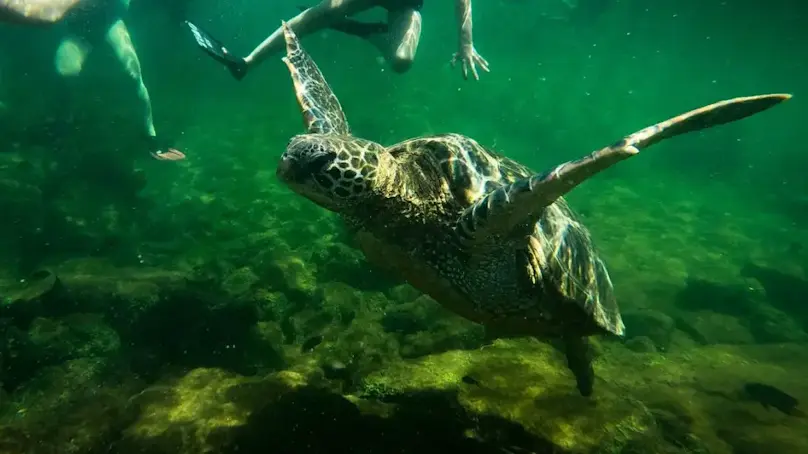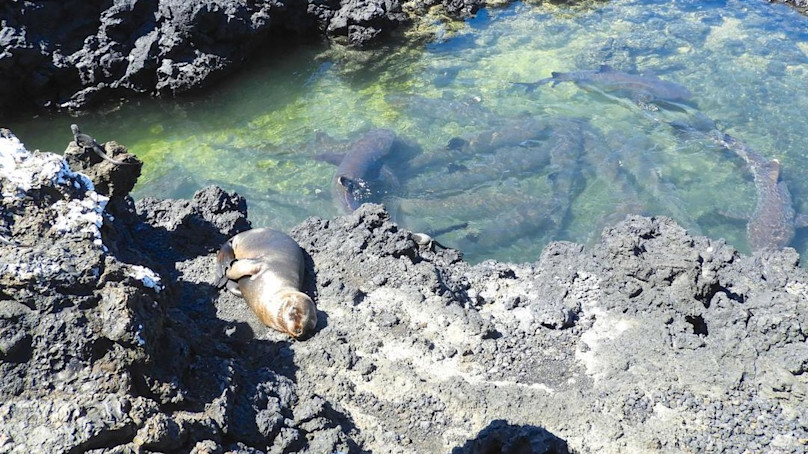
The Galápagos Islands, a mesmerizing archipelago off the coast of Ecuador, are a haven for nature enthusiasts and adventure seekers alike. This unique destination offers an unparalleled opportunity to witness wildlife in its most pristine form. Imagine embarking on a Bartolome Adventure, where you can explore the stunning landscapes and vibrant marine life of Bartolome Island. For those who love to hike, the Sierra Negra Volcano Tour provides a chance to walk along unique lava paths and encounter local wildlife on Isabela Island. Kayaking in the serene waters of Franklin Bay Franklin Bay Kayaking is another must-do, offering a peaceful yet exhilarating way to experience the islands’ natural beauty. Don’t miss the opportunity to snorkel with sea lions, sharks, and turtles on the Santa Fe Snorkeling Tour, a truly unforgettable experience. Whether you’re a seasoned traveler or a first-time visitor, the Galápagos Islands promise an adventure of a lifetime.
The Galápagos Islands, a mesmerizing archipelago off the coast of Ecuador, are a haven for nature enthusiasts and adventure seekers alike. This unique destination offers an unparalleled opportunity to witness wildlife in its most pristine form. Imagine embarking on a Bartolome Adventure, where you can explore the stunning landscapes and vibrant marine life of Bartolome Island. For those who love to hike, the Sierra Negra Volcano Tour provides a chance to walk along unique lava paths and encounter local wildlife on Isabela Island. Kayaking in the serene waters of Franklin Bay Franklin Bay Kayaking is another must-do, offering a peaceful yet exhilarating way to experience the islands’ natural beauty. Don’t miss the opportunity to snorkel with sea lions, sharks, and turtles on the Santa Fe Snorkeling Tour, a truly unforgettable experience. Whether you’re a seasoned traveler or a first-time visitor, the Galápagos Islands promise an adventure of a lifetime.




